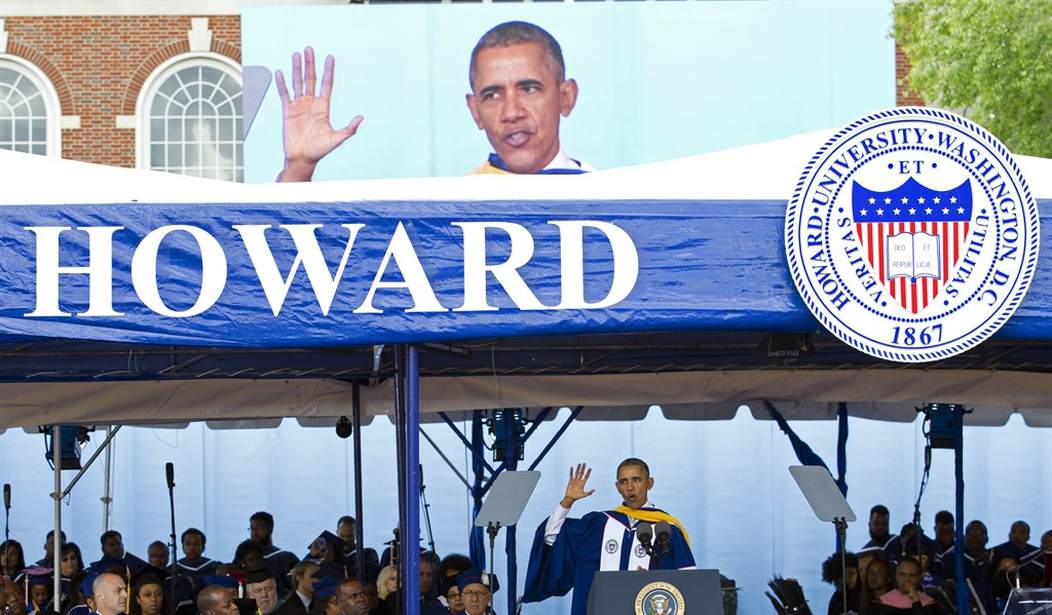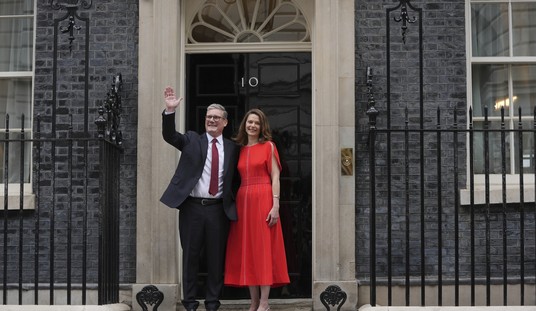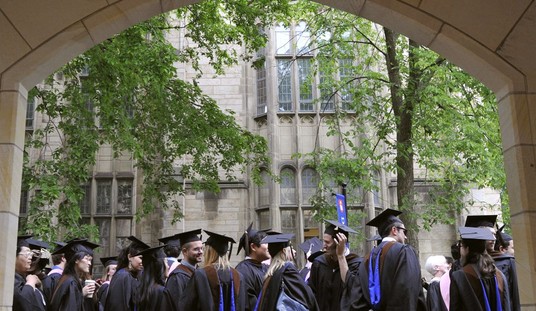This genuinely surprised me. A story about enrollment at Howard University, a leading HBCU founded in 1867, reveals that Howard's student population is only 25% male. Apparently, this is not that unusual for HBCUs.
Howard, one of the most elite historically Black colleges and universities in the nation, is only 25 percent men — 19 percent Black men...
Howard is not unique. The number of Black men attending four-year colleges has plummeted across the board. And nowhere is this deficit more pronounced than at historically Black colleges and universities, or H.B.C.U.s. Black men account for 26 percent of the students at H.B.C.U.s, down from an already low 38 percent in 1976, according to the American Institute for Boys and Men. There are now about as many non-Black students attending H.B.C.U.s as there are Black men...
“Everybody knows that the women dominate this campus,” said Tamarus Darby Jr., a 20-year-old sophomore at Howard.
“You see predominantly women out here running for positions, and then you see their friends, young women, showing up for them and supporting them,” he said. “It’s different for the men.”
This has obviously been a problem and getting worse for some time but the article then takes a detour attempting to pin future failures on the Trump administration.
...now programs designed to nurture Black academic achievement may be dismantled by the Trump administration, which deems them “racist” diversity, equity and inclusion efforts. Cultural centers, mentorship programs, work force recruitment activities and scholarship programs are all threatened by the White House’s promise to cut funding to universities that do not eliminate what it calls racial preferences.
This strikes me as an exercise in missing the point. If black male enrollment is already at 19% at Howard and dropping, concern that Trump might make things worse seems like a distraction. How about dealing with why the enrollment is so low in the first place. All we really get on that point is one paragraph:
The causes are many. Higher college costs, the immediate financial needs of Black families, high suspension rates in high school and a barrage of negative messages about academic potential all play roles in the decline of Black male enrollment and college completion. Howard estimates that its cost of attendance for undergraduates easily exceeds $50,000 a year.
The cost issue doesn't really make sense in this context. If there are plenty of college-age black women who can afford to attend Howard, there ought to be just as many college-aged black men who could afford it as well. Presumably it's either a matter of taking out loans, which both men and women can do, or it's about relying on family money, which both men and women can do.
Putting that aside, we're left with half a sentence about "high suspension rates in high school and negative messages about academic potential." That's really the only explanation offered in the entire piece, which seems odd.
This very much seems like a problem worth addressing. As someone quoted in the story points out, it's hard to achieve upward mobility in today's world if you don't go to college. But I also wonder if this isn't a case where something has changed more generally and black male students are just a leading indicator. There have been plenty of recent stories about a gender gap among all students headed to college.
Nationwide, women comprised 58% of all college students in 2020, up from 56.6% six years earlier. Women have outnumbered men among college students for decades, but the gap continues to widen. In 1979, about 200,000 more women were enrolled in college than men. By 2021, that difference had grown to about 3.1 million more women than men in college.
Using data from the U.S. Department of Education for fall 2020 college enrollments, The Chronicle found that women students outnumbered men in every state. In 13 states, women made up 60% or more of college students. West Virginia, where 50.2% of college students were women, had the lowest percentage difference between men and women students.
Women outperform men in ever state. Why is this happening? It's not because of discipline issues, at least not primarily. Girls just seem to perform better in high school, setting themselves up for future success.
Differences in the academic records of the sexes begin well before college. Girls significantly outperform boys in tests of reading in early grades. Girls complete more college-preparatory courses than boys in high school.
A 2019 report from the U.S. Department of Education shows that 46.4% of high school girls took either an AP course or an IB course compared to only 37.8% of boys. While 12% of high school girls participated in dual enrollment programs, only 9.7% of high school boys did so. When these numbers are broken out by race, girls in all racial and ethnic groups were more likely than boys to earn credits in these pre-college courses.
The gender gap among all students isn't as great as the one at Howard, at least not yet, but clearly there is a change taking place that impacts all races. We may all be headed for a future where most colleges look more like Howard does now. We should probably try to work out why that is happening before we get there.








Join the conversation as a VIP Member